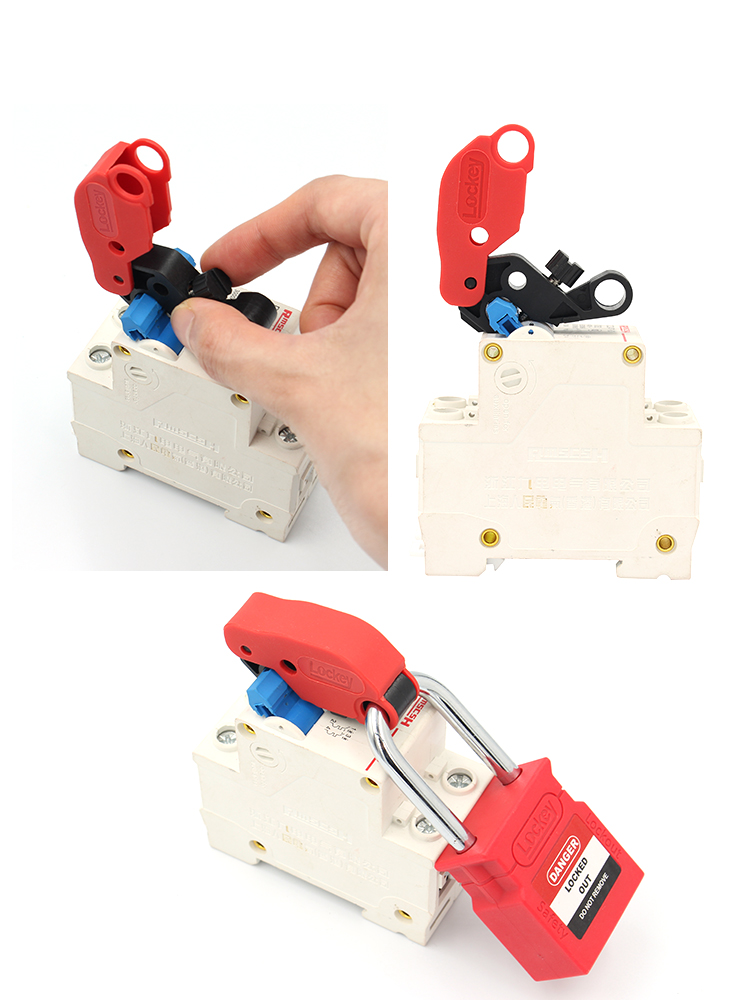In a previous post, in which we looked at lockout-tagout (LOTO) for industrial safety, we saw that the origin of these procedures can be found in the rules drawn up by the US Occupational Safety and Health Administration (OSHA) in 1989.
The rule directly related to lockout-tagout is OSHA Regulation 1910.147 on the control of hazardous energy, which, over the years, has become the international standard for LOTO procedures and device requirements.
According to this regulation, the products used in lockout-tagout (including the lockout devices themselves as well as the padlocks and LOTO labels) must meet the following requirements:
• They should be clearly identifiable. This is why lockout-tagout products are given bright colours, so they can be identified from a distance.
• They should only be used for controlling the energy sources of company machinery and equipment. You simply need to hold a LOTO padlock in your hand to realise that its design and materials don’t give it the same level of security as any standard padlock. These devices are used to lockout the specific machine or equipment, not prevent theft.
• They should be durable and resistant, as well as easy to install. This refers to resistance to high temperatures and chemical agents, for example, as well as ultraviolet rays and electricity conduction. In other words, they should be able to withstand the energy sources they intend to lockout.

Post time: Nov-19-2022

